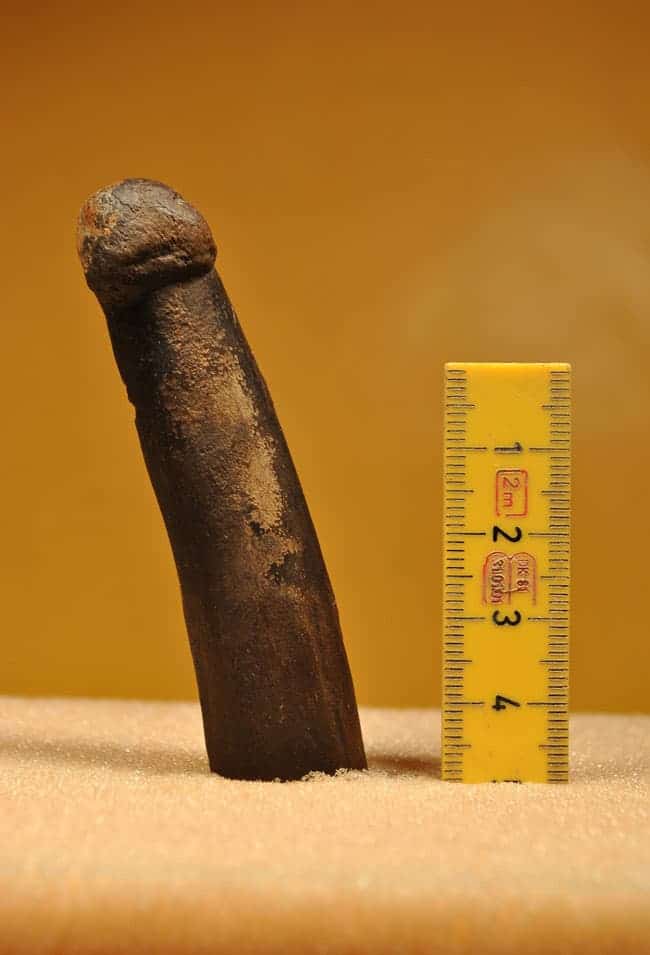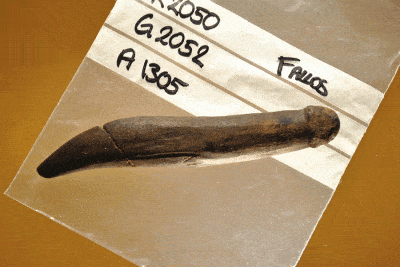Sex toys have definitely come a long way in recent times. But as it turns out, sex toys in general are probably not as modern as you’d think. Recently, an object carved out of antler bone was excavated from Sweden. It made archaeologists scratch their heads quite a lot, and chuckle: the object has an unmistakable look of a penis.
Although scientists have yet to be sure about what it was used for, they suspect it was probably used as a sex toy.
Sex toys in history
“Your mind and my mind wanders away to make this interpretation about what it looks like – for you and me, it signals this erected-penis-like shape,” said archaeologist Gšran Gruber of the National Heritage Board in Sweden, who worked on the excavation. “But if that’s the way the Stone Age people thought about it, I can’t say.”
Still, the resemblance is… uncanny.
“Without doubt anyone alive at the time of its making would have seen the penile similarities just as easily as we do today,” wrote Swedish archaeologist Martin Rundkvist on his blog.
It’s not the first time ancient sex toys had archaeologists puzzled. A finding from 2023 stirred a debate on a similarly-shaped object from Roman times, with some claiming that it was also used for sexual pleasuring.
But not everyone is convinced, and the shape enough is not sufficient to draw any conclusions. Some cultures (most notably, Romans) believed penis shapes can bring good luck, and there are other possible explanations.
Another idea was that it was used as a tool, such as to “chip flakes of flint”, researchers suggested, because the other end was quite sharp. Even more interesting, it could be used as this in addition to its sexual purpose, which would make things so much more interesting. Quite the Swiss tool.
Either way, Martin Rundkvist sums things up quite nicely:
“But without doubt anyone alive at the time of its making would have seen the penile similarities just as easily as we do today. If it is actually a pressure-flaker for fine flint knapping, then this would tell us something about how such work was conceptualised in terms of gender.”
Pictures: 1 2








